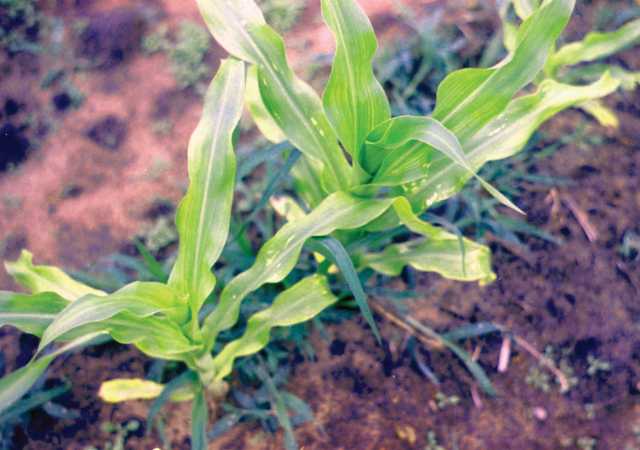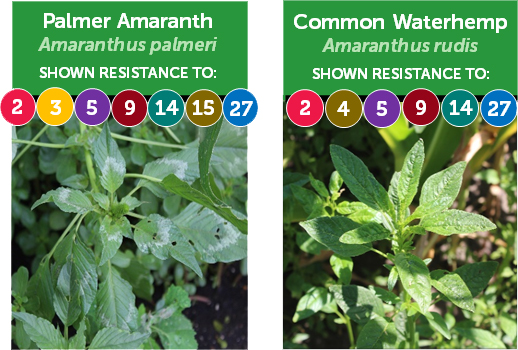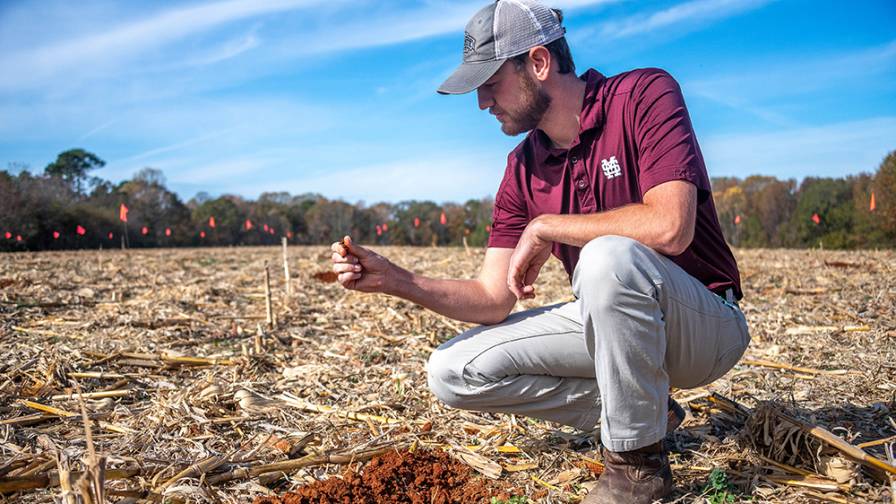Managing Sulfur Deficiency In Corn
Corn sulfur (S) deficiency is a growing problem in and across North Dakota, according to an article on the NDSU Carrington Research Extension Center website. There is growing awareness that sulfur deficiency is not only limited to sandy soils as it was considered before. Since over 90% of plant available S is present in soil primarily as a constituent of soil organic matter (SOM), soil test results are unreliable and therefore cannot be used to predict sulfur availability to crops during the growing season. A cool spring (cold soils) and prolonged wet soils really slows down microbial activity and breakdown of SOM to release S. Deficiencies are more likely to occur in cool spring no-till crops and poorly drained field areas.
Deficient corn plants can be identified if the plants are showing symptoms. Young leaves are pale yellow to yellow with the veins remaining green. Collect above-ground whole plants at V4 or the youngest leaf with fully formed collar at V5. Also collect older plants from suspected areas and another set from healthy looking plants in unaffected areas of the field. Submit for complete nutrient analysis to be sure it is S and not another nutrient deficiency with similar symptoms such as zinc and magnesium. If S is recommended from the tissue analysis, consider applying sulfur before the 8th leaf stage at the recommended rates below:
- Apply 50 lbs/acre of ammonium sulfate (21-0-0 + 24S) dry over the top with a granular spreader
or
Apply 3 gal/acre of ammonium thiosulfate (12-0-0-26) to a stream between the corn rows or through the UAN coulter applicator.







